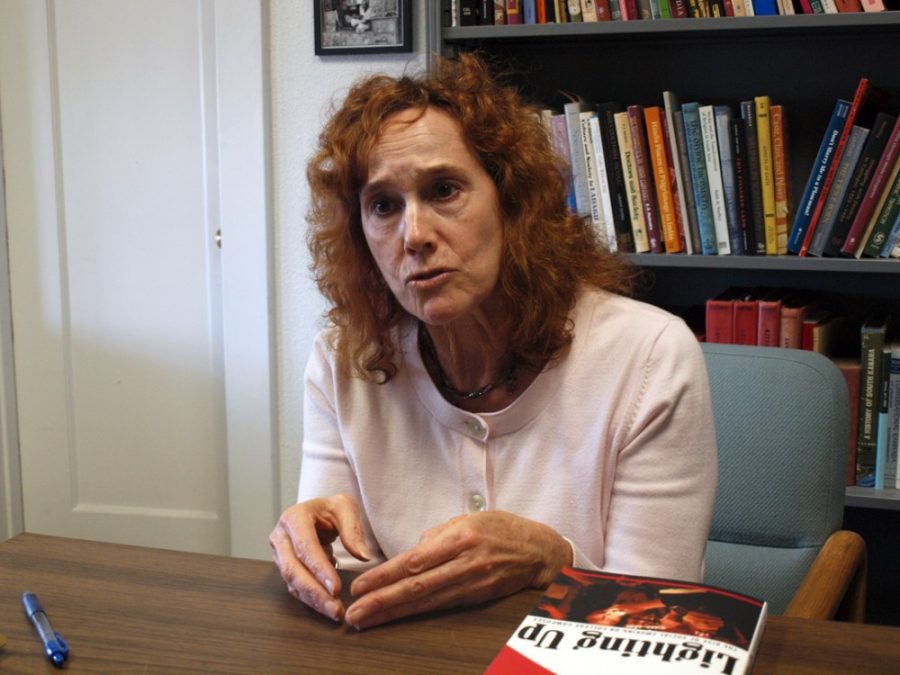Mimi Nichter, a UA professor at the School of Anthropology, recently published a book titled “Lighting Up: The Rise of Social Smoking on College Campuses,” which explores social smoking among college students, the increase in available tobacco products and associated health risks.
“I am arguing that given the instability in young adults’ lives … being a smoker, sometimes, is a way to meet people,” Nichter said.
Nichter said smoking provides people an opportunity to portray themselves as “party people.” She also added that the tobacco industry specifically targets young adults and attempts to normalize smoking habits; the industry is also trying to re-normalize a different type of smoking through the advertisement of electronic cigarettes.
In response to the tobacco ban at the UA, Nichter said “we’re actually following a trend.”
“I think it’s really important,” she said, “because it sends a very strong message to students that it’s not a normal behavior.”
Nichter said the overall prevalence of tobacco use among those in the U.S. is about 20 percent, and it is much higher at a college level. She added that smoking culture has evolved into a different pattern of tobacco consumption, and e-cigarettes have become increasingly popular.
“What worries me is the emergence of new products, the power of the tobacco industry, and the fact that, given economic insecurity in the United States and the instability in young people’s lives … I’m worried about when they might quit … those people who start off really casually as [party smokers,]” Nichter said.
On the UA campus, most preventative measures have taken a social-normative approach focused on alcohol rather than tobacco consumption, Nichter said.
“On this campus, [the approach] has been mostly about alcohol. … They want people to recognize that normal behavior is not drinking a lot,” Nichter said.
She also said it is important to explain the dangers of smoking in relation to alcohol.
Allison Vaillancourt, the vice president for Human Resources and Institutional Effectiveness and a supporter of the tobacco-free campus policy during its formation, said she believes “the smoking ban has been effective, though there are pockets on campus where smokers still congregate.”
Seth Martin, an undeclared freshman, considers himself to be, “for the most part, strictly a social smoker.”
Martin also said that while he understands the dangers of secondhand smoke, he believes creating designated smoking areas would appease both sides and that the ban represents a double standard.
“If people are willing to risk their health, let it be. … [Fast] food is definitely harmful, … yet fast food restaurants are the majority of the options given to students at the [Student Union Memorial Center],” Martin said.
Additionally, Martin said he has been smoking since the age of 15 and said that “cigarettes … take a load off my shoulders and help me relax from time to time.”
Hope Roberts, a family studies and human development sophomore, said she thinks the smoking ban is a good idea in theory, but she doesn’t believe it has been as effective as it could be.
Roberts added that she’s seen various students smoking cigarettes or e-cigarettes around campus, and that there really is no way to enforce consequences among those who continue to smoke despite the tobacco ban.
“A lot of people deny that they’re social smokers. … People who smoke will never call themselves smokers,” Nichter said.
_______________
Follow Terrie Brianna on Twitter.









